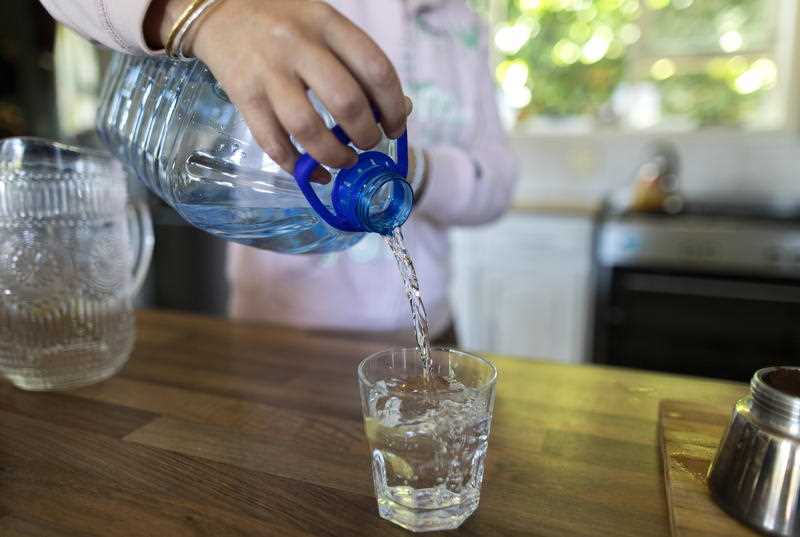Australia has the most expensive bottled water on the planet but that hasn’t curbed consumer thirst for something people can basically get for free.
On average, Australians each spent about $580 buying 504 litres of bottled water in 2021, a new United Nations report shows.
It’s the world’s second highest consumption rate, per capita, behind Singapore.
Australians are also paying vastly more than anyone else.
The report says bottled water costs an average of about $5.40 per unit in Australia – almost double what it does in North America and Europe, and about four times what is charged in Asia and Africa.
And yet the Aussie market is alive and well, with the United Nations University’s Institute for Water, Environment and Health saying Australia is the 10th fastest-growing national market in the world.
So why are Aussies willing to pay dearly for a product that dwarfs the cost of tap water, which Sydney Water says comes in at well under 1 cent a litre?
Why continue to buy a product that generates vast streams of waste that are derived from fossil fuels and are recycled a limited number of times?
The primary answer is convenience, says the Australian Beverages Council, which represents the nation’s producers of non-alcoholic drinks including water.
“We buy it when we’re on the go, largely,” a council spokeswoman told AAP.
Bottled water producers know that because sales fell of a cliff during COVID lockdowns, when everyone was staying home. That same couldn’t be said for alcohol and other packaged beverages.
But there’s every indication sales have rebounded to pre-pandemic levels.
The desire for doing what’s easy and grabbing water on the go has created a market that last year generated $650 million in revenue with a long-term growth rate of about 16 per cent a year, the council says.
That means 16 per cent more bottles to deal with each year, 16 per cent more energy to make new bottles or remake existing ones and 16 per cent more truck miles to move around the country.
The council couldn’t offer any firm explanations for the sky-high price for commercialised water in Australia and called it a “retail issue”.
But it also suggested Australia’s relatively small population could have something to do with it, along with the 10 cent refund that’s built into the price of packaged beverages to fund container deposit schemes.
“Maybe its purchasing power … larger population usually goes with better purchasing power,” the spokeswoman said.
“The other thing I could say is that because Aussies tend to drink water on the go, they are often purchasing in convenience stores where prices are maybe not as low as you could get in a larger retail environments.”
Professor Stuart Khan is a water quality expert from the University of NSW and says the world will drown in plastic waste without a wholesale change in global plastic consumption.
He says most Australians can access extremely good, safe drinking water straight from the tap and “there is no public health or water quality advantage in drinking bottled water”.
He also says container deposit schemes will never negate the damage caused by the industry’s waste stream.
AAP was unable to obtain any national data on the gap between how many water bottles are sold in Australia and how many are recovered for recycling through state-based container deposit schemes funded by the industry.
Clean Up Australia chair Pip Kiernan says Australians must remember 90 per cent of the cost of a bottle of water can be traced back to the vessel, the lid and the label.
“You can save all that money by remembering your reusable bottle and drinking tap water or filling up at public drinking water fountains.”
By Tracey Ferrier in Brisbane



